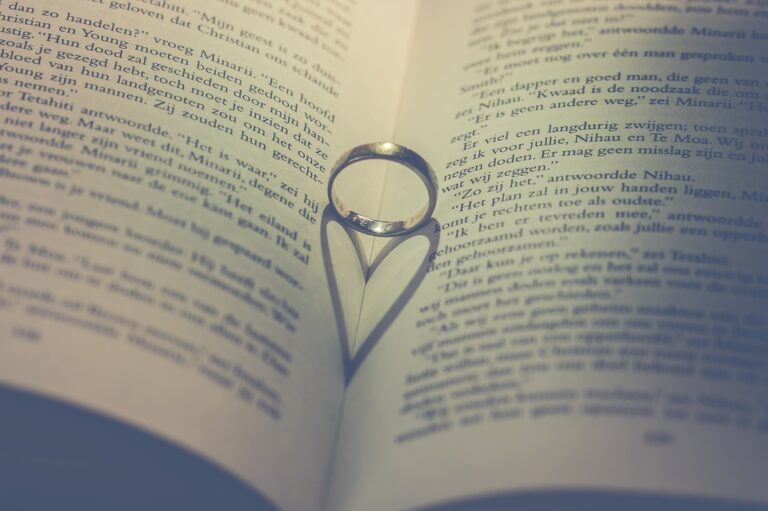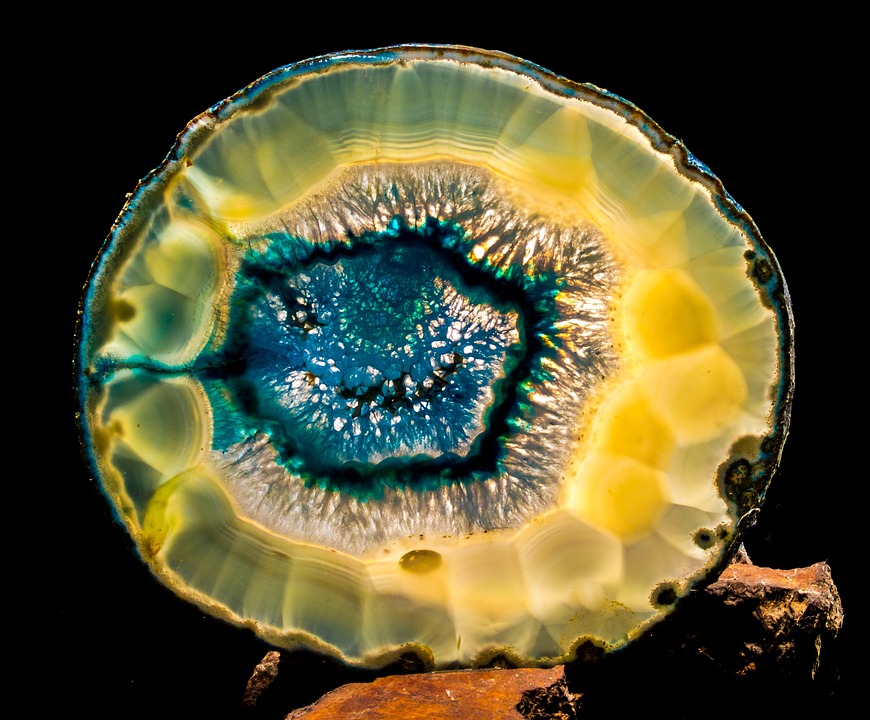-
Street Name, NY 38954

The History of Agate Rings: From Ancient Times to Modern Inspiration
The History of Agate Rings: From Ancient Times to Modern Inspiration
Agate rings have been a staple of jewelry for centuries, with a rich history that spans across various cultures and civilizations. From ancient Mesopotamia to modern-day fashion trends, agate rings have evolved over time, adapting to the changing tastes and styles of people around the world. In this article, we’ll delve into the fascinating history of agate rings, exploring their origins, significance, and enduring popularity.
Ancient Mesopotamia: The Birthplace of Agate Rings
The earliest recorded use of agate dates back to ancient Mesopotamia, where it was prized for its beauty and rarity. The Mesopotamians believed that agate possessed mystical powers, using it to create intricate jewelry and adornments. The earliest agate rings were crafted by the Sumerians, who used the stone to symbolize prosperity, good fortune, and divine favor. The rings were often set with carvings of gods, goddesses, and mythical creatures, further emphasizing their symbolic significance.
As the ancient Mesopotamian civilization declined, the art of agate ring-making spread to other parts of the world. The Egyptians, in particular, became enamored with agate, using it to create stunning jewelry pieces that adorned the pharaohs and their families. Agate rings became a status symbol, with only the elite able to afford these exquisite pieces.
The Middle Ages: A Time of Decline and Revival
During the Middle Ages, the art of agate ring-making declined, as the focus shifted towards other precious stones like diamonds and rubies. Agate became associated with the working class, and its popularity waned. However, the art of agate ring-making didn’t disappear completely. In Italy, particularly in the city of Venice, agate ring-making experienced a resurgence. The Venetian craftsmen developed unique techniques to create intricate agate designs, which became highly sought after by the aristocracy.
The Renaissance saw a renewed interest in agate, as European nobility rediscovered the beauty and rarity of this ancient stone. Agate rings became a symbol of luxury and sophistication, with the aristocracy and royalty competing to own the most exquisite pieces.
The 19th and 20th Centuries: The Rise of Agate Rings in the West
In the 19th and 20th centuries, agate rings experienced a surge in popularity in the West. The discovery of new agate deposits in Brazil and the United States led to an increase in availability, making it more accessible to the masses. The Art Nouveau and Art Deco movements further cemented agate’s status as a fashion trend, with designers incorporating the stone into their designs.
The mid-20th century saw the rise of costume jewelry, which led to a proliferation of agate rings. Agate became a staple of 1960s and 1970s fashion, with hippies and counterculture enthusiasts embracing the stone’s bohemian vibe. The 1980s and 1990s saw the rise of mass-produced agate rings, making them a staple of fast fashion.
Modern Inspiration: Agate Rings in the 21st Century
In the 21st century, agate rings have experienced a resurgence in popularity, driven by the desire for unique and sustainable jewelry. Modern designers are experimenting with new techniques and designs, incorporating agate into bold and eclectic pieces. The rise of social media has also played a significant role, with Instagram and other platforms showcasing the beauty and versatility of agate rings.
Today, agate rings are not only a fashion statement but also a symbol of self-expression and individuality. The stone’s unique patterns and colors have captivated designers, who are pushing the boundaries of jewelry design. From minimalist and understated to bold and statement-making, agate rings have something for everyone.
Conclusion
Agate rings have come a long way from their ancient Mesopotamian origins. From the pharaohs of Egypt to the fashionistas of today, agate has remained a timeless and captivating stone. Its unique patterns, colors, and symbolic significance have made it a staple of jewelry for centuries. As we look to the future, it’s clear that agate rings will continue to evolve, adapting to the changing tastes and styles of people around the world.
FAQs
Q: What is agate?
A: Agate is a type of chalcedony, a cryptocrystalline form of silica, commonly found in volcanic and sedimentary rocks.
Q: What are the different types of agate?
A: There are several types of agate, including banded agate, moss agate, and Fortification agate, each with its unique patterns and colors.
Q: Is agate durable?
A: Agate is relatively durable, but it can still scratch or chip if not handled carefully. It’s recommended to store agate rings separately to prevent scratching and to clean them gently with soap and water.
Q: How do I care for my agate ring?
A: To keep your agate ring looking its best, avoid exposing it to harsh chemicals, ultrasonic cleaners, or steam cleaners. Gently clean your ring with soap and water, and store it separately to prevent scratching.
Q: Can I wear my agate ring every day?
A: Yes, agate rings are generally suitable for everyday wear. However, if you have sensitive skin or allergies, it’s recommended to test the ring on a small area of skin before wearing it frequently.
Q: Where can I find agate rings?
A: Agate rings can be found at jewelry stores, online marketplaces, and craft fairs. You can also search for local artisans who specialize in agate jewelry.
Q: Is agate expensive?
A: The cost of agate rings can vary greatly, depending on the quality, size, and design of the stone. High-quality agate rings with intricate designs or rare colors can be quite expensive, while simpler designs can be more affordable.







